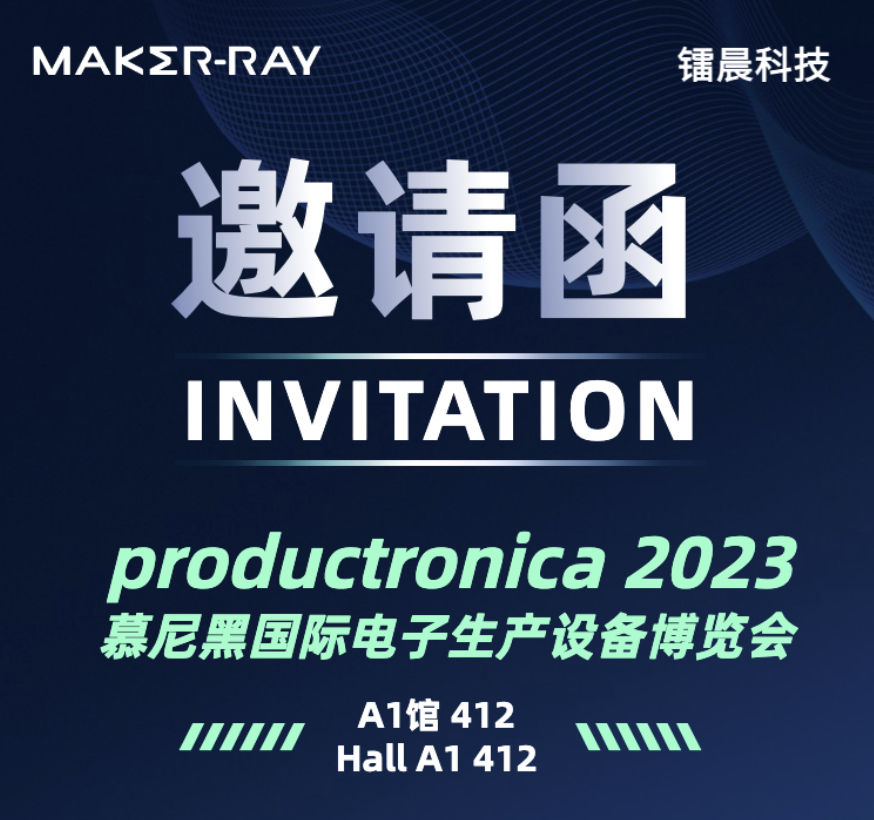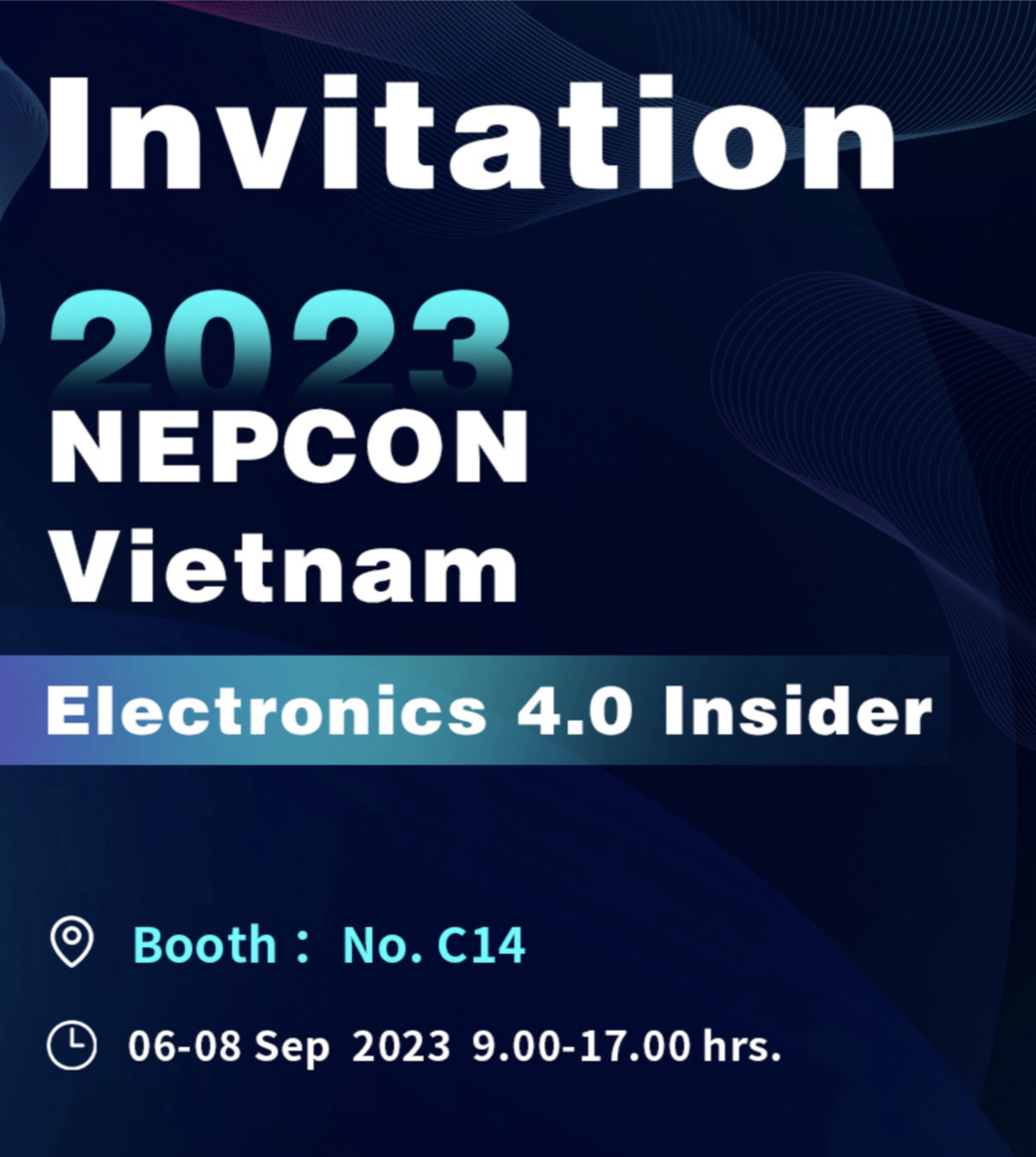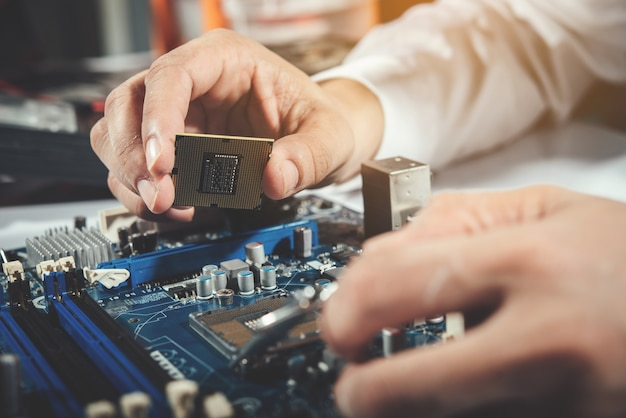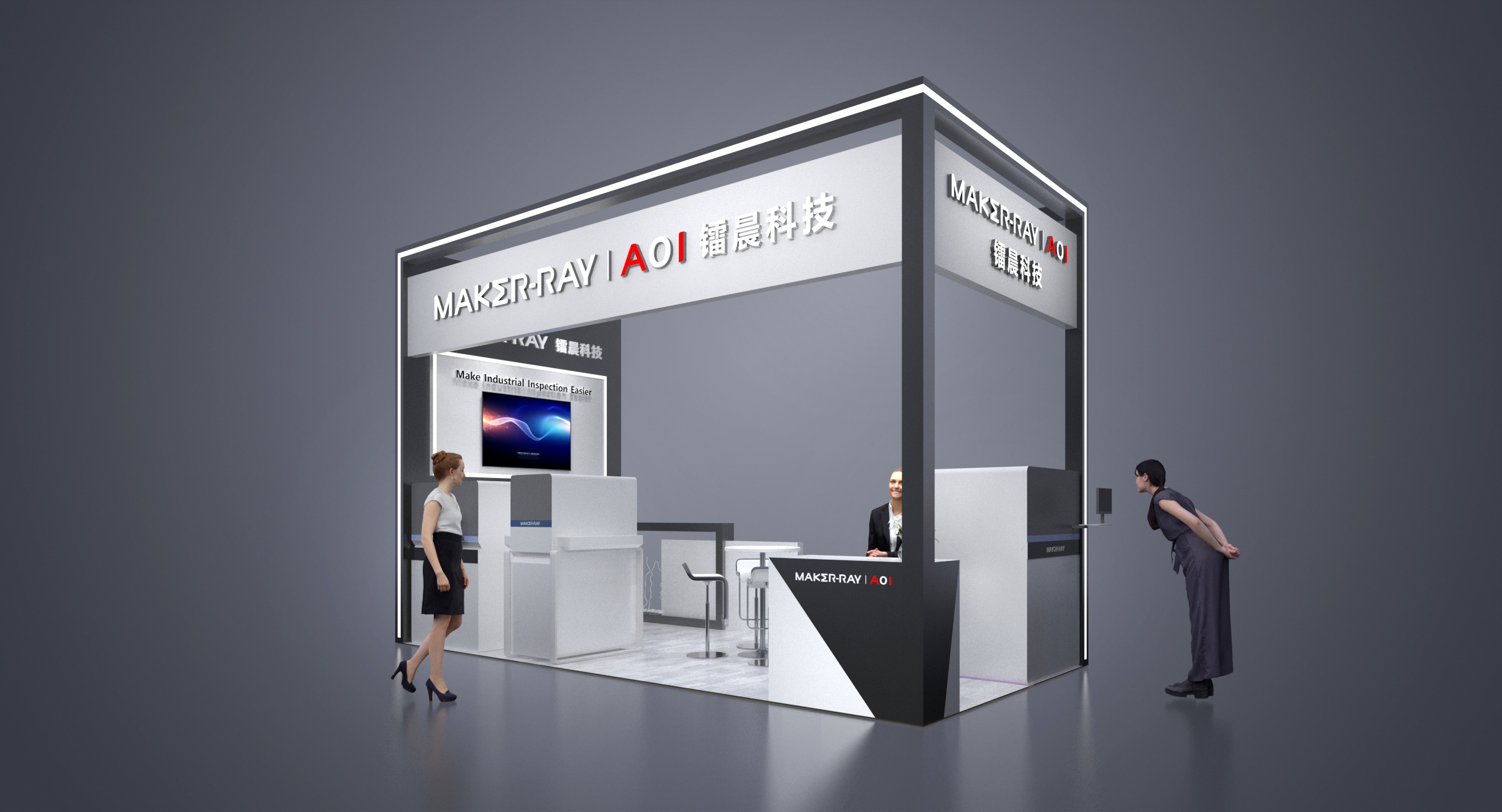2D vs. 3D AOI: Which Should Be the Go-to Option?
As printed circuit boards become more popular and denser to comply with the miniaturization of electronics, so does the risk of defects become more of a reality. Defects cause poor performance in the electronic product, raising the need for effective systems that can detect them at the manufacturing stage. Both 2D and 3D AOI solutions can be incredibly helpful in detecting defects in printed circuit boards before they are used in the manufacturing of electronic products, but which one is right for you? We’ll explore the differences, strengths, and weaknesses of each in this post.
Overview of 2D and 3D Techniques
Let’s start by considering what 2D and 3D AOI techniques are. In the manufacturing industry, 2D AOI technology remains a popular choice. They tend to have very precise lenses and use unique algorithms that make them exceptionally good at detecting defects in circuit boards.
While 3D AOI technology used to be a solution for detecting solder paste deposition, recently, it has become a popular choice in other areas. The technology has become a valuable tool in areas where volumetric and height data are required during the inspection of circuit boards.
Comparing 2D and 3D AOI Systems
Each of these systems has its place in the manufacturing industry. With this said, it’s essential to understand the differences that exist between each, how they work, and what they can do. This allows you to determine which type of AOI system is most suitable for your scenario.
One common element that both systems hold is that they assist with automating the inspection process. When printed circuit boards are manufactured, it’s crucial for all parts of the board to be inspected – but this often takes a significant amount of time. A 2D AOI system uses a camera lens to precisely look at the board from a specific angle, while a 3D AOI solution uses a more comprehensive structure to generate a 3D view of the board.
Pros and Cons of 2D and 3D AOI Systems
When comparing 2D and 3D AOI systems against each other, it’s essential to keep their strengths and weaknesses in mind.
The major pro that comes with a 2D AOI system is that it uses mature technology. This type of solution has been around for a long time. It’s also a cost-effective option and offers faster speeds. These options are also highly flexible and can inspect devices over 5mm. On the other hand, they cannot provide true-co-planarity inspections and are not capable of producing volumetric data.
With a 3D AOI solution, you can perform true co-planarity inspections, and these systems can use volumetric data during an inspection. There’s also a reduction in the false fault detection rate. The major problem, however, is that 3D AOI is still a relatively new technology, and it cannot inspect specific 2D elements. It also costs more and is slower compared to 2D AOI systems.
Why Both 2D and 3D AOI Systems Remain Important
While a comparison between 2D and 3D AOI systems is common, it’s important to understand that each plays an important role in the manufacturing environment. That’s why you’ll find several multipurpose solutions when looking at a Maker-ray AOI. By utilizing both technologies, it’s possible to significantly improve the inspection process without consistently being concerned about the differences and a comparison between 2D and 3D AOI solutions.
The 2D solution helps to provide faster turnaround times during inspections, but when volumetric data is needed, turning to the 3D system helps to ensure all requirements are met and reduce the risk of missing a defect.
Conclusion
While many people compare 2D and 3D AOI systems, it’s important to note that both can play an important role in helping detect defects. Maker-ray believes that both of these technologies play an important role and uses state-of-the-art technology in the production of our AOI sensor machines. Maker-ray is trusted by brands such as MSI, ASUS, Panasonic, and more. To learn more about Maker-ray and our range of 2D and 3D AOI solutions, get in touch or visit our website.








